The number one controversy in singing advice must be breath support. So before I'll come with my favorite breath support exercises for singing, I want to get some things out of the way.
The confusion surrounding breath support
You have probably heard the word support used in the context of singing. Maybe it has been explained, maybe it hasn’t.
But if you research for a bit longer, I guarantee you will start getting confused. Because the number of definitions, not too mention instructions on what support is and how to do it - almost exceed the number of singers in the world.
And this is already a tricky topic. Most singing students feel the need to activate some muscles in order to produce a sound. They risk ending up activating the wrong muscles! The ones that will put pressure on your vocal instrument and make it harder to sing.
Not dogmatic
Before I say anything else and try to create a bit of order in the chaos, I have to say: I’m not here to claim authority on the subject.
If you don’t agree with my view on support and your view, or your teacher’s view works well for you - go for it, by all means. I’m not interested in arguing about this: multiple schools have proven handy on this matter, so just do you.
This article is here to try and help those who still are not sure what support is, how to support, or are willing to try out my instructions.
Why do singers need breath support?
What most singing teachers agree on is that you should support. Because when you support your sound, you can play around with different 'air compressions', which will give you different dynamics.
So you can:
- Sing louder or softer
- Make expanding your range easier
- Stretch the length of your phrases
On the other hand, some will say breath support should not be even discussed as this would make too big a deal out of it. The risk supposedly being that one starts to accumulate a lot of pressure, specifically air pressure under the vocal cords - or subglottal pressure.
What is breath support?
From all of the versions I have heard through the years, breath support is described as two main principles, or one thereof:
- Maximizing air capacity and/or control of your air while you sing
- Working with muscles of the lower body: diaphragm area, ribs, abs
Some of those terms here may sound quite vague. What does any of this mean? I will put all this in physiological terms for you:
10 definitions of breath support for singing
I sum up 10 things I hear singing teachers say about support. Just looking at it makes my head spin. But worry not! I will translate all of this to English and in the end also give you my personal approach and how to do it.
1 'Sing from the diaphragm'
This is maybe the most tricky one, and I hear it the most often. What most people mean by that is lowering your diaphragm as much as possible when you inhale, as opposed to gathering tension in the shoulder area, as many do, especially beginners.
When you breath this way, that a more healthy, more tension-free way, you get the feeling that the singing comes from a lower area, and you feel engagement in the diaphragm area. What you should do while singing with the diaphragm is divided, and we’ll get to that shortly.
If you need some background regarding the diaphragm and it’s function - in my article How the voice works I include a few great videos about the diaphragm.
2 'Sing from your belly'/'Breathe into the belly'
Let’s make one thing quite clear: You don’t breathe into the belly. The air goes into the lungs, not into the belly. But when you let the diaphragm lower on the inhale, like in the previous point, the belly will probably come out, hence what people might call “belly breath”.
When they say “sing from the belly” that usually means engaging the abdominal muscles in a certain way (again, multiple approaches and I will talk about these in a moment) when we sing.
3 'Lean'
When a teacher tells you to lean - lean on your support, lean on the diaphragm, lean with your ribs/lungs, or any lean that is related to the rib area or lower, here is what I figured they mean:
Continue the feeling of the lungs/rib/diaphragm expanding as you sing.
Some will advise you to expand while you inhale and then let the lungs and diaphragm come back in and up. But when they say “lean” - they want you to resist those coming back. The intensity may differ, but if you really put some energy into continuing the expansion it actually does feel like leaning after the fact!
4 'Expand front and back'/ 'Stay out'
As you inhale and the diaphragm lowers - see if you can feel the upper belly (the part that is on the diaphragm level) and the part of your back ribs on the same hight go outwards. That’s the front and back expansion.
“Staying out” is continuing that feeling when you sing, so a bit like leaning, but not necessarily in an intense way. A little bit like when you say a very long S. The longer you make it the less air you use at any given point, and the slower your ribs will collapse back in, so that will feel as if they are staying out.
5 'Expand sideways'
Again, that has to do with your inhale. If you have little to no resistance in the shoulder area, as you should, the inhale should make your ribs expand to the sides. You can put two hands on your ribs on the sides and look in the mirror to check if you can make this happen.
6 'Expand 360 degrees'
What’s better, the sideways expansion or the front and back? Well, why do I have to choose, why not both? Expand in all directions. That feeling is very effective to ensure your lungs fill with air to their fullest.
7 'Belly completely released'
So, what happens after you breathe in a nice low breath “into the diaphragm/belly”? Some would say the belly muscles should not be working at all while you breathe and sing. So you “breathe into your belly” (not) and you leave everything there completely relaxed. If you are worried that it will make you look fat - just consider: singing well will make you look sexy, so don’t worry about it!
Plus, it probably won’t, it’s mostly in your mind.
8 'Lower abs in/squeeze'
I truly hope with all my heart that no teacher, who uses the word “squeeze”, means that you should contract the upper abdominal muscles, the ones around your diaphragm. I will simply say this straight: I don’t agree. This is the only support instruction I would take issue with.
But what I think most mean by that is to pull the lower abdominal muscles inwards. When to do that - before during or after the inhale - that’s different depending who you ask. But this gives a bit more stability and more power to your breath. Lower abs come in - upper abs come out. Will help you get the “leaning feeling as well.
9 'Engage pelvic floor'
If you’re not sure what the pelvic floor is, these are muscles at the bottom of your pelvis. So literally where your genitals are. Let’s get over the embarrassment and teach how to use them, because that is a great way to stabilize your posture and get a better feeling of control in general, of your breath in particular:
The pelvic floor muscles are the ones you use to prevent yourself from going to the toilet when there is no available toilet around. You can practice engaging those by slightly squeezing them. Just do it here and there, try to gain control of how long you can hold them, and also make sure you fully release them when you are not engaging them. Then you can incorporate that into your singing.
10 'Engage lower abs plus pelvic floor'
The most intense way to support, in my opinion, is engaging both the pelvic floor and the lower abs. Upper abs then expand and you really feel like you can hold onto something.
The pelvic floor and lower abs are safe candidates to activate, as they are far enough away from your throat to not risk putting pressure there. But they will give you the stability and the strength you need. Try it! You can try Gathering/engaging the pelvic floor first then while holding that pull the lower abs in. then Take your inhale.
My approach to breath support: remove your vocal issues first
First of all, Only after your vocal issues are removed, you can start really focusing on support. I believe one should first make sure the upper part of the body is free of tension (as I call it in my course: remove the sticks from the wheel) and make sure the vocal cords close properly before one works on their support.
Think about it. If you focus on your breathing and activate your abs, diaphragm, rib muscles - all of these are quite a bit of work. But if the “upper gate” to the air - the vocal cords - is open, no amount of work on support is really going to help you. All the air is simply going to escape and you have no control over it. You are working in vain.
Same principle if you try your best to support but your neck muscles are putting pressure on your trachea and larynx (that’s just one example of how muscle tension can interfere with your breath control) - that will be no good.
About removing those vocal issues...
Good singing practice is picking your battles. Look, if you’re not experiencing enough progress, it’s not because of a lack of talent or some insurmountable vocal issue. It’s because of a lack of clarity.
You need a clear system that will replace ‘That sounded bad, I guess I suck!’ with an objective and motivating system to build on.
My top tips for better breath support for singing
The good news is: after you have tackled all your muscle tension issues and learned how to close your vocal cords - you are more than halfway there. You have most of the tool you need to support.
And then!
- I vote for expansion, always. My favorite way is the 360 degrees expansion. A cool trick for this is to pretend to hold a barrel around your body (your hands being in the same height as your hips). And then feel as if the barrel fills with air.
- Next step after you are comfortable with the expansion mechanism, is to engage the pelvic floor. I believe this should ideally be happening as a rule of thumb while singing, it’s just a lot easier.
- Depending on the intensity or hardship of the vocals you are aiming for, you can scale up your support and stability by adding the lower abs. And that’s the most hard core support I like working with.
To summarize, I recommend this 3 step process:
- Engage your pelvic floor.
- Engage the lower abs (the area just under your belly button) inwards while the pelvic floor is still engaged, so both of them are active.
- As the two areas are active, breath in expanding in 360 degrees.
My three favourite exercises ('machines') for better breath support
Sun salutations
After you have learned this series of yoga poses a bit, you'll know what’s the correct way to do this. Take a more fluent version of the sequence and next - whenever you are supposed to exhale - make an s, then oh, om, ng, then sing. Note: apply the speaking quality to your singing voice.
Here's a tutorial of the Sun Salutation thoroughly explained, love it especially if you can't go to a real class (but a real life teacher is better!)
Pick something up
- Bend your knees to pick up table/piano/sack of potatoes and do the ng inhale
- Long s/vowel/speak sentence/sing while keep picking up the table
- Inhale, bend elbows and knees again.
Tip: 'breathe under the table'
'No one has to know'
This is an advanced exercise. I give it to my students in Make Singing Click after they have finished most of the course. So take that into account. Establish your basics before experimenting with this one.
- Breathe out
- Engage pelvic floor
- Breathe in and do the NG jaw
- Exhale without exhaling (go to the toilet)
- Make a long s/sound
I have a monster article about all vocal exercises:
... and more.
Take your desire to sing seriously: get tools to become a better singer in your inbox
Eye-openers, tips and stories. Also content that I don't publish on my website.
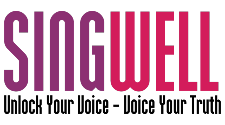
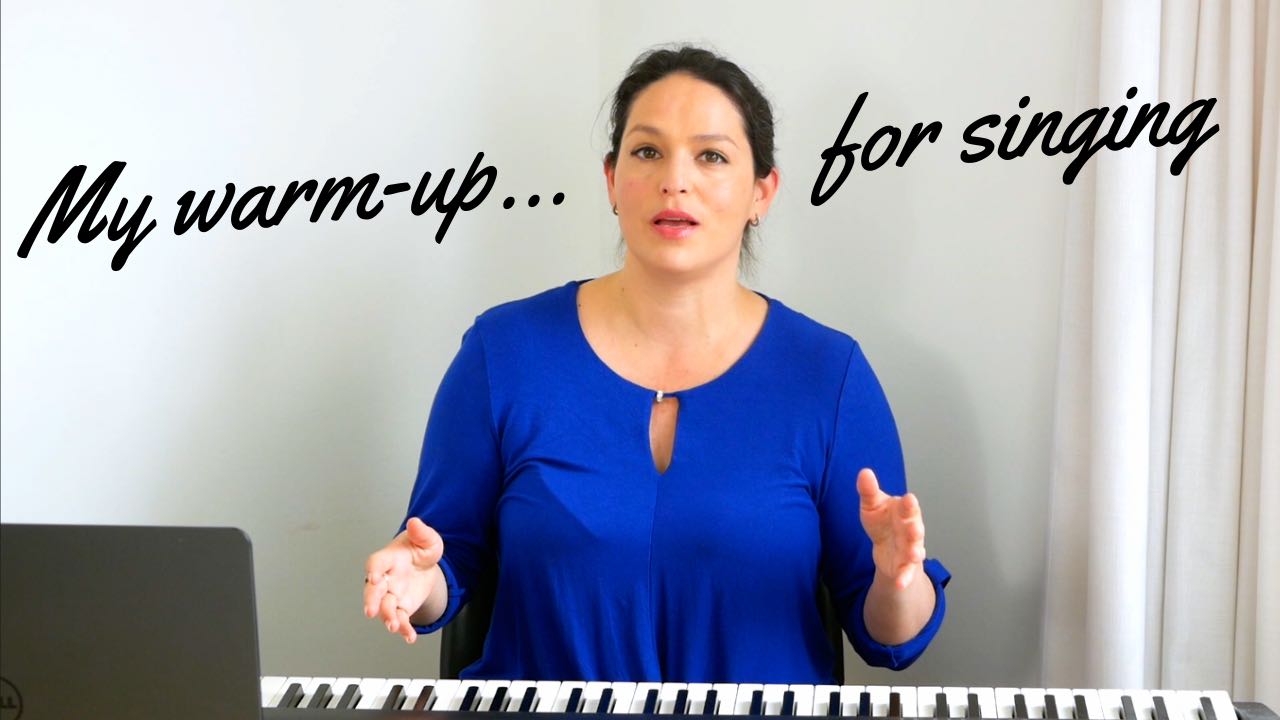
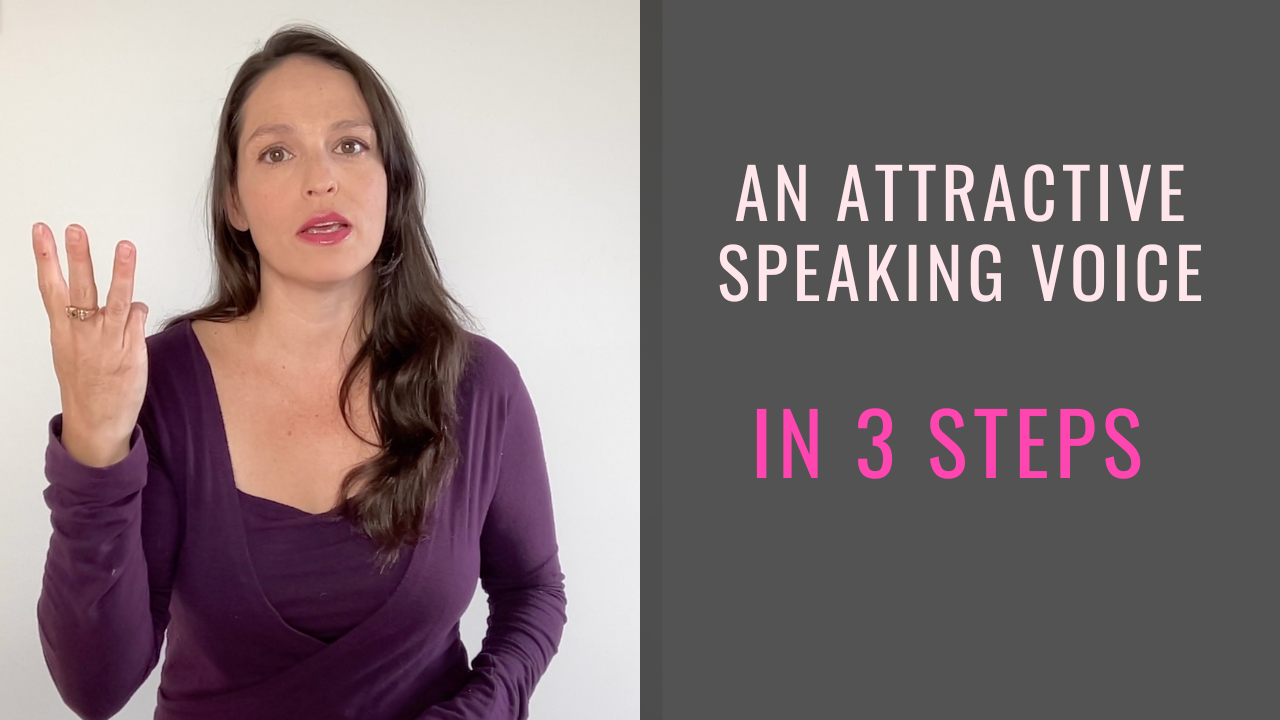
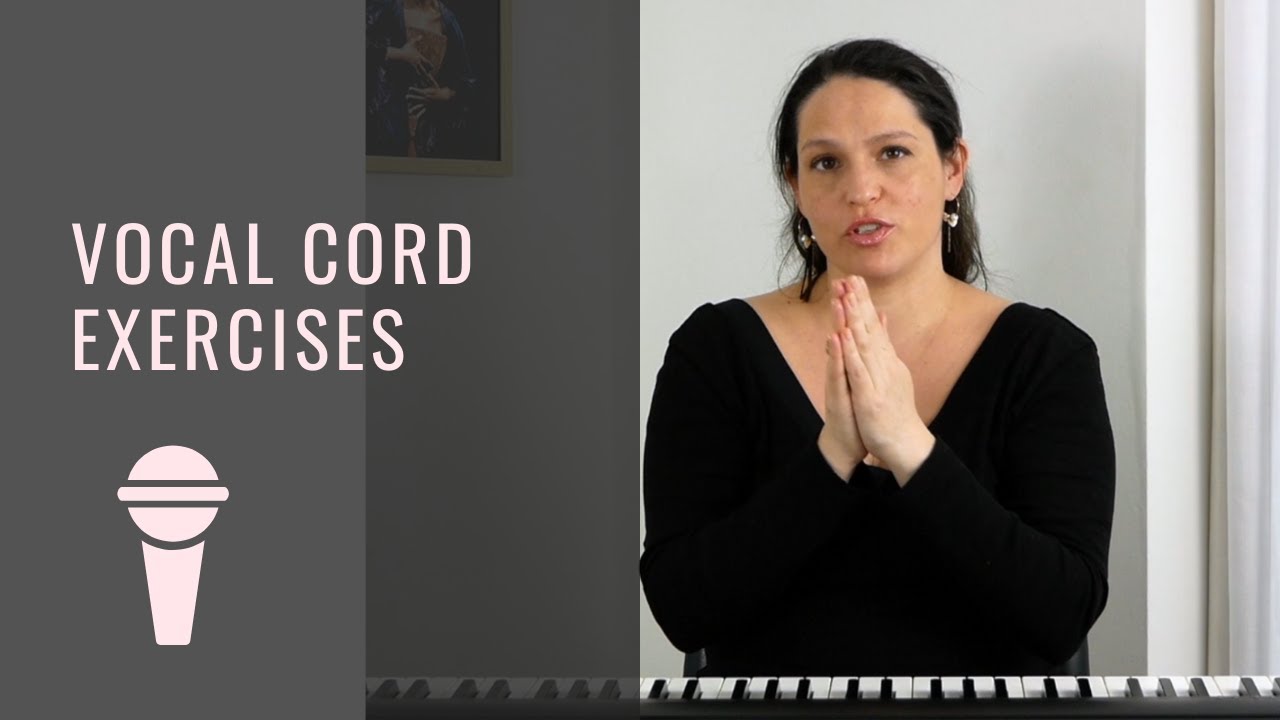
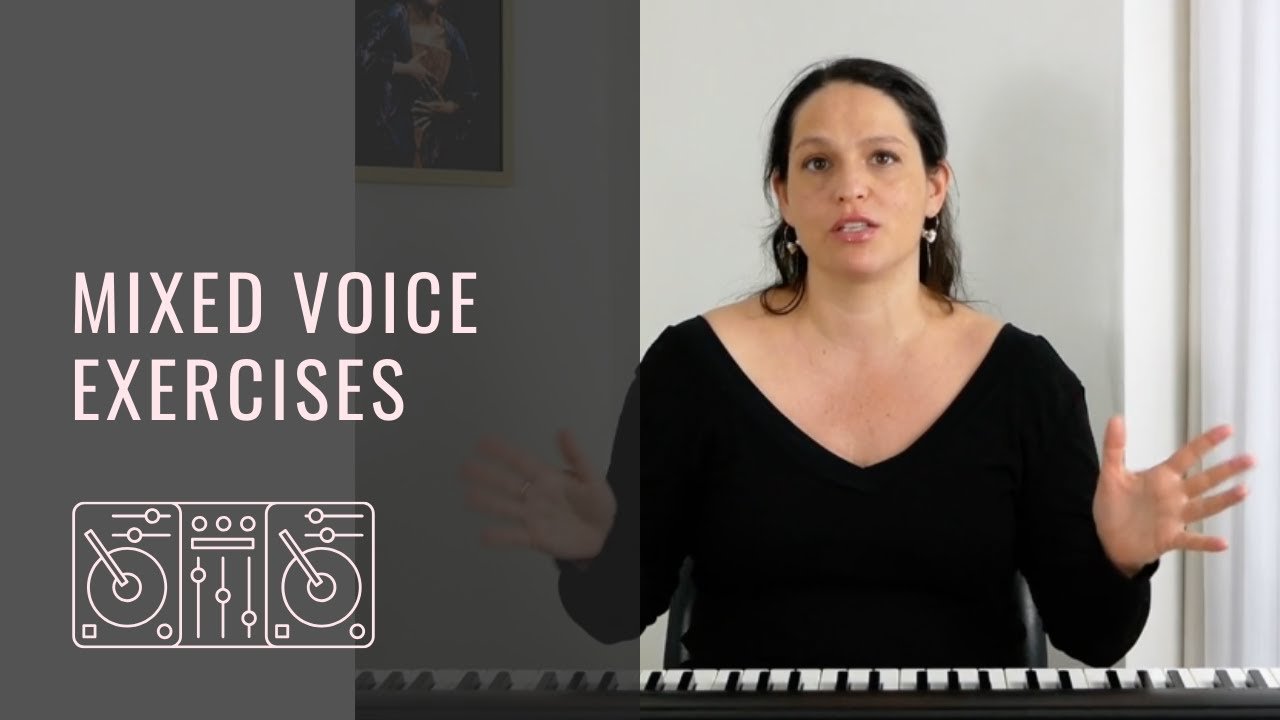
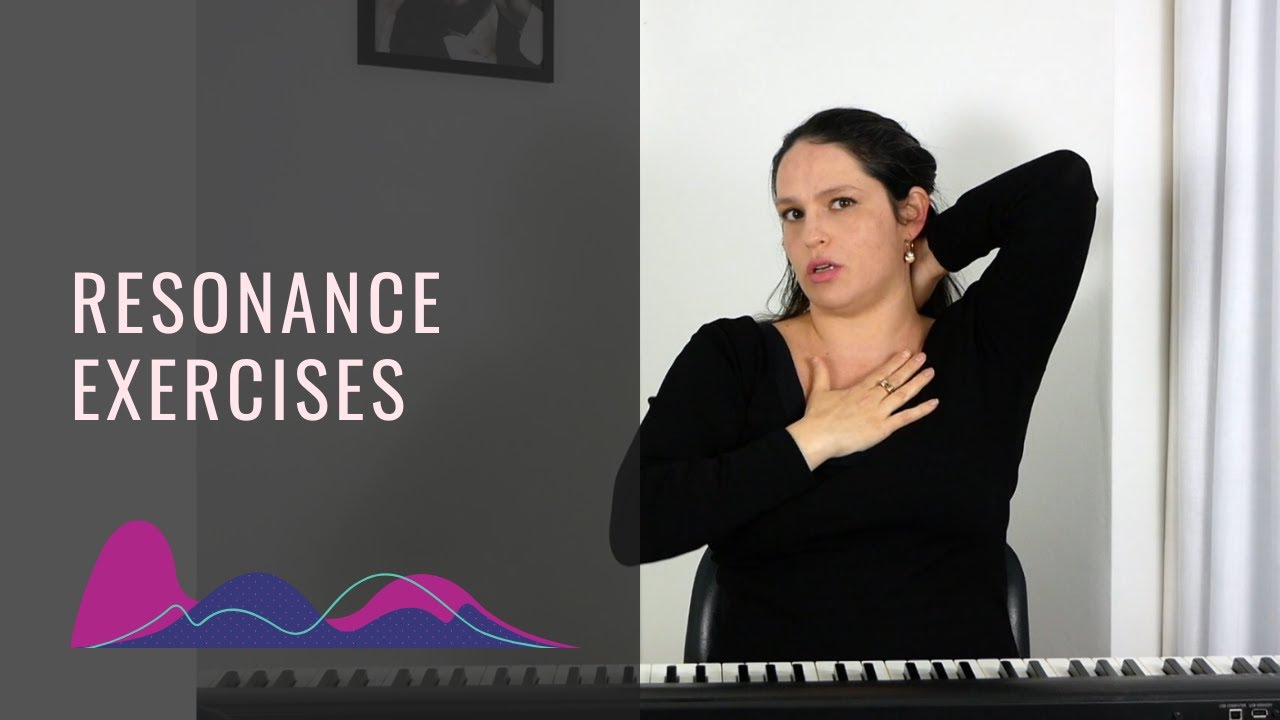
Thanks for clearing up a couple of things, very helpful. Ribs out, belly out, nothing to do
with air doing it but the diaphragm expanding to its limit. Yes!
Also, first time I have heard, “closing the vocal cords” obviously something to read about.
hi Tony, thanks for reading. It means a lot that this stuff helps you and that you can relate to it. Let me know how it goes! Yes, the vocal cords are the gatekeepers of the air. Think about it: if they are open the air goes right through and you can lose all your air at once! So them coming together properly will help resist the stream of air while you sing, so that you have more air in your body – hence breath control!
You can check out my vocal cord tutorial on YT if you are looking to experiment on vocal cord closure 🙂